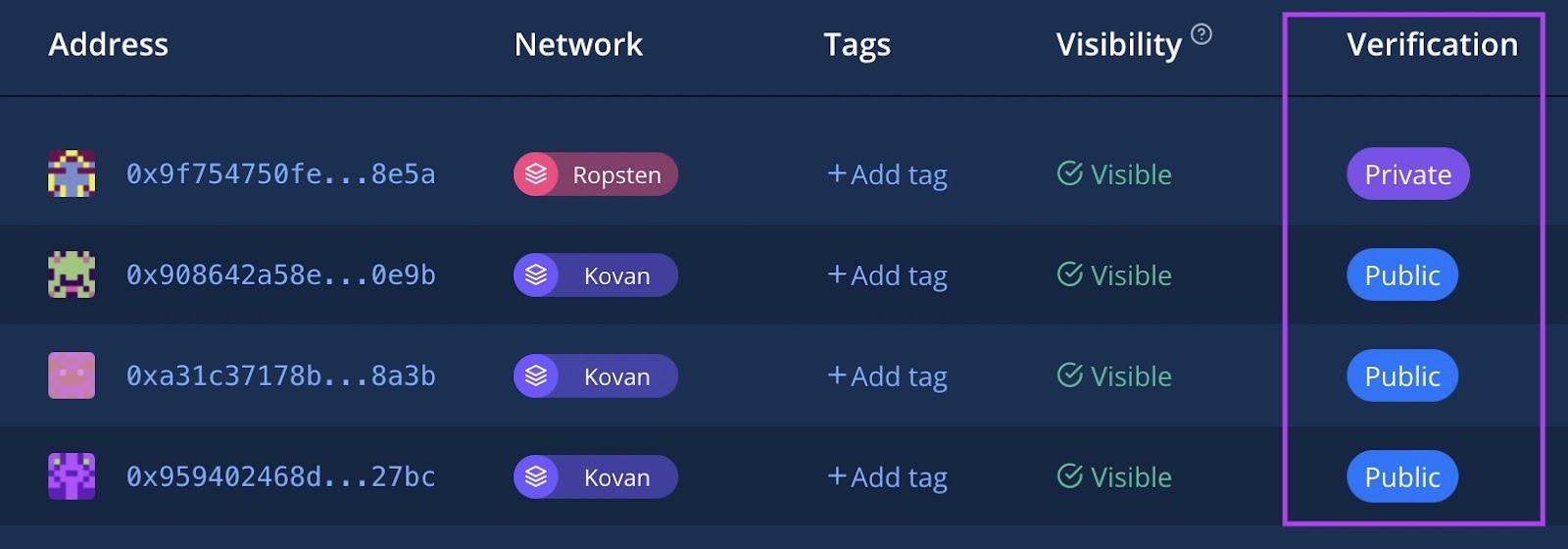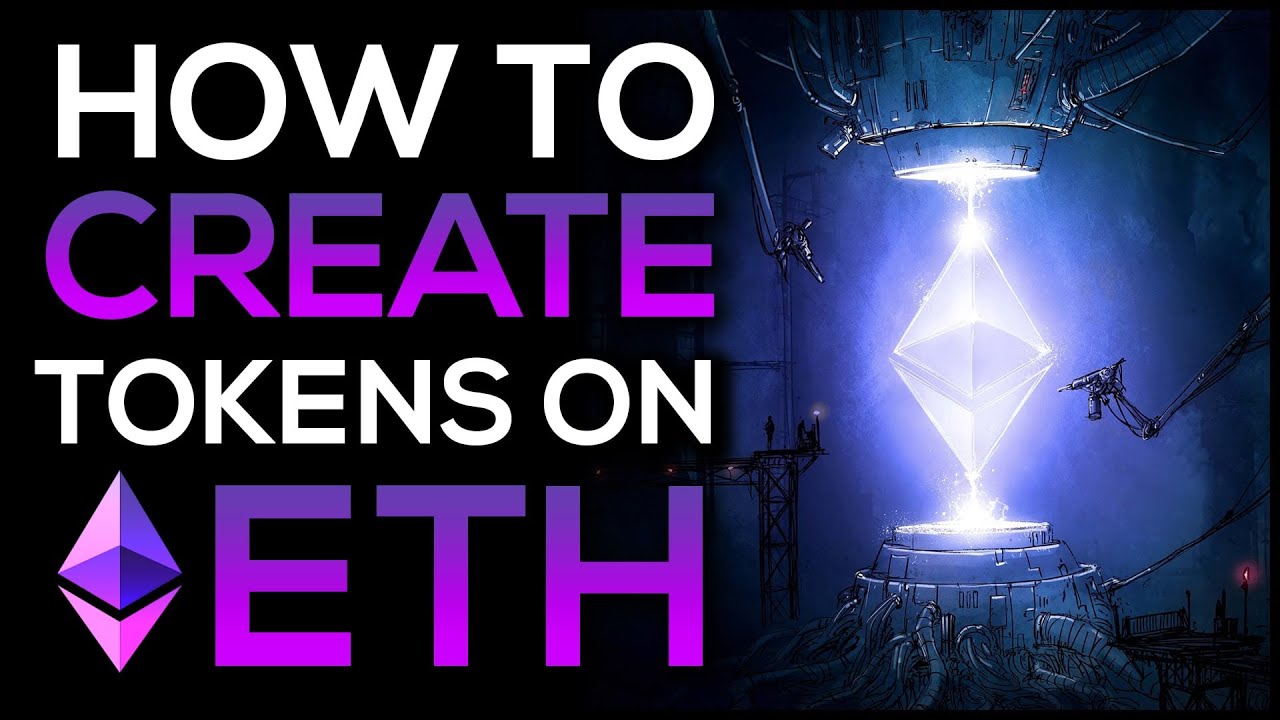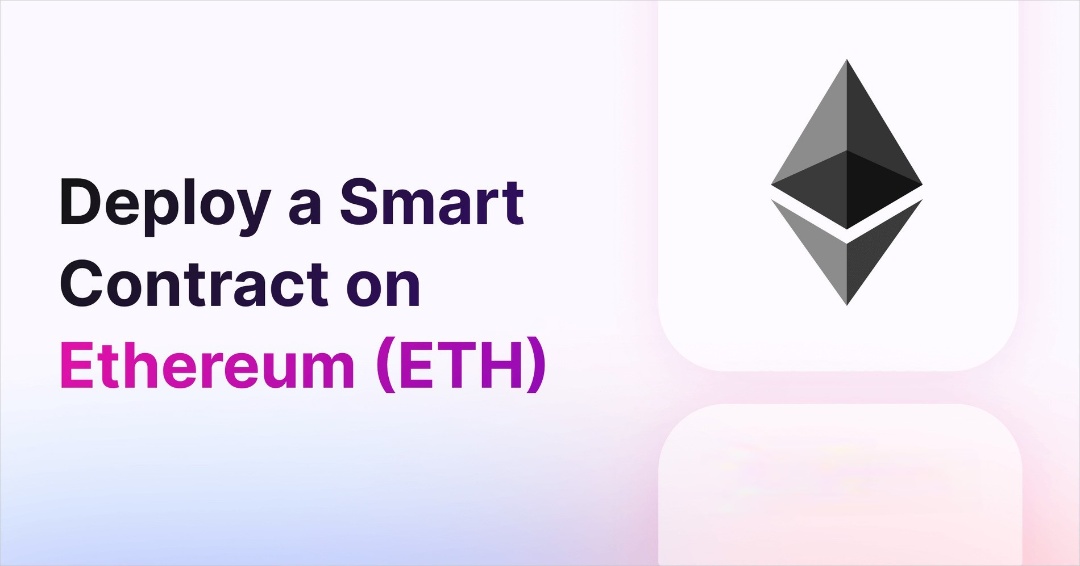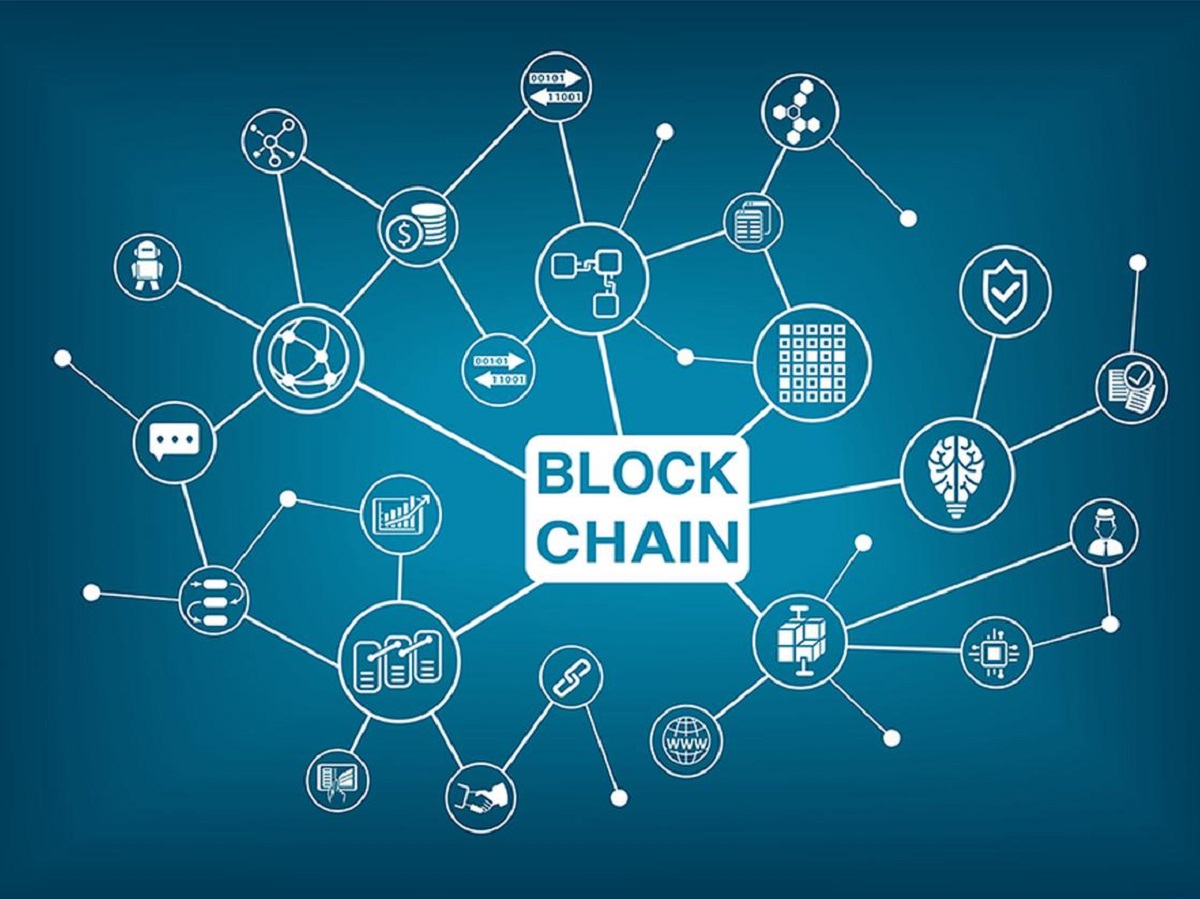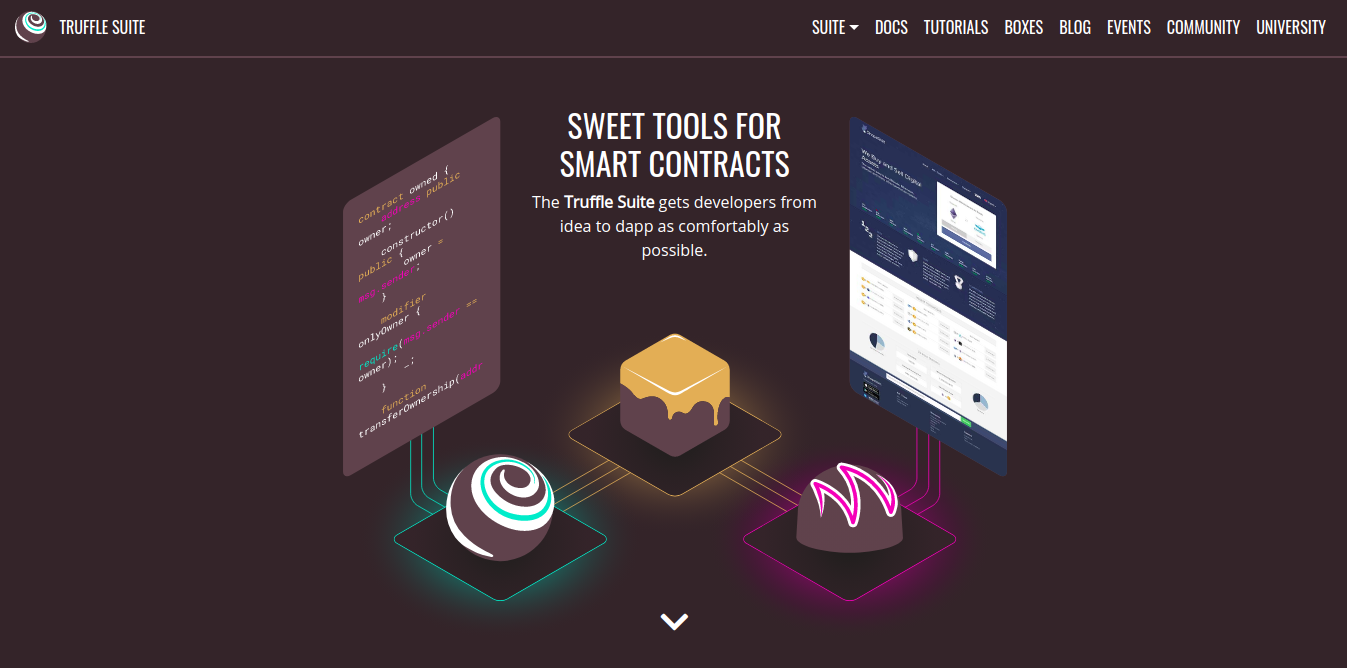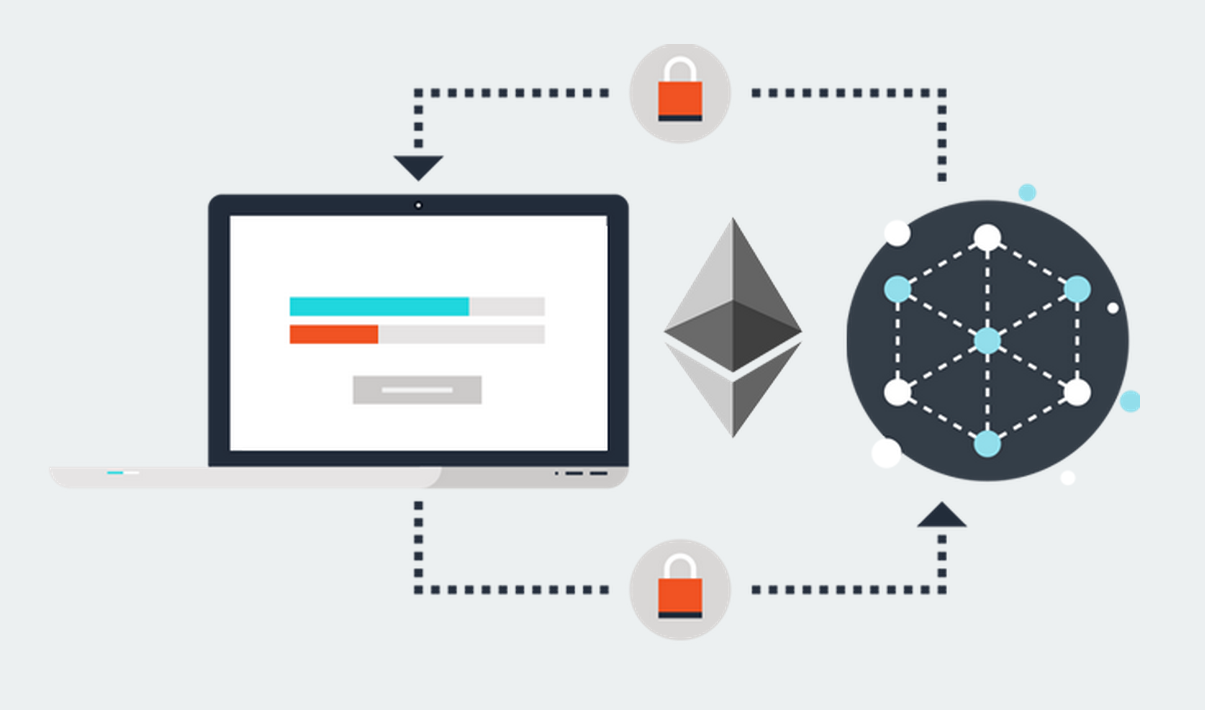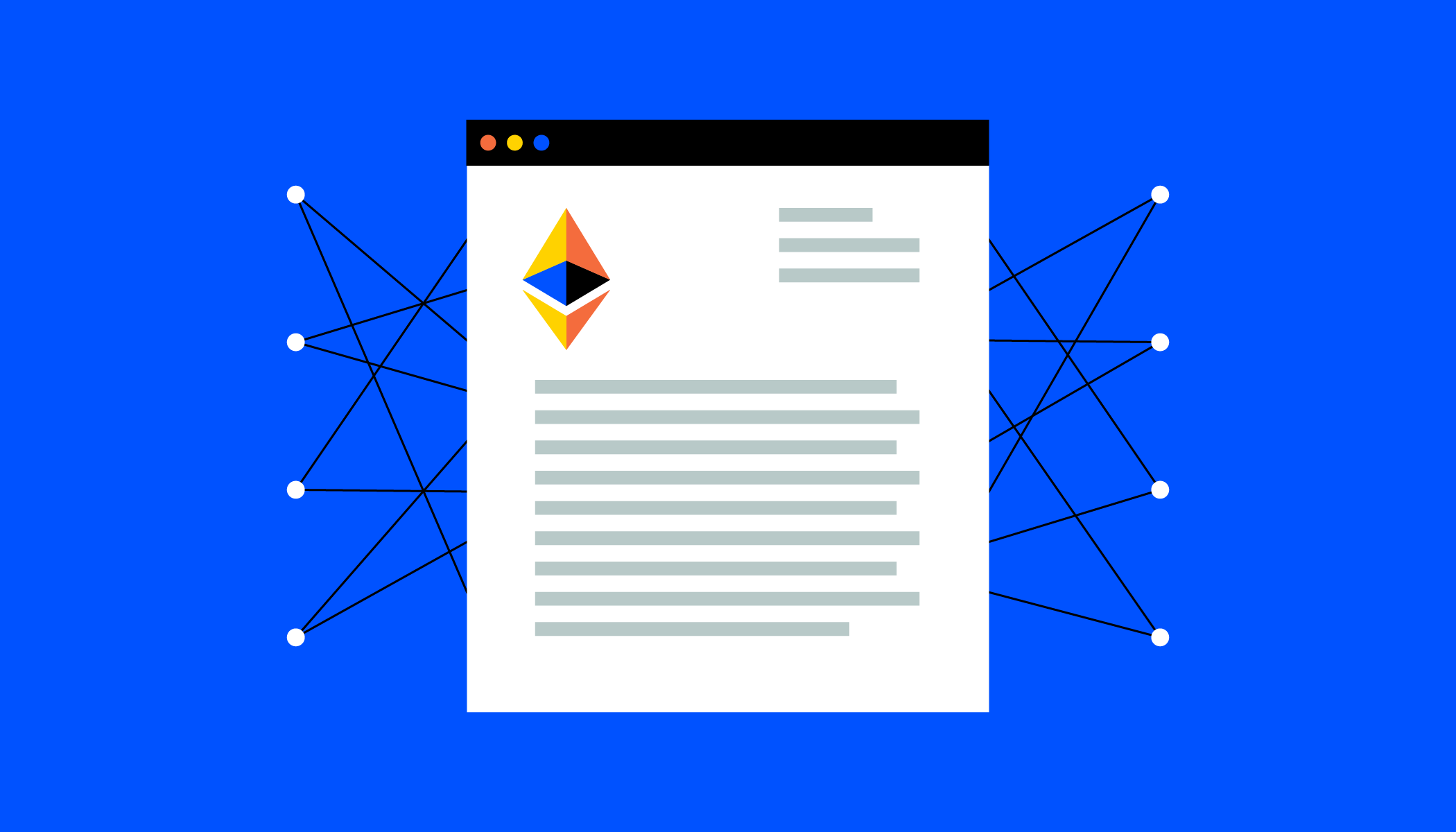Introduction
Welcome to the world of smart contracts! With the rise of blockchain technology, smart contracts have emerged as powerful tools that enable secure and trustless transactions. Ethereum, being one of the most popular blockchain platforms, provides a robust framework for executing smart contracts.
One of the key benefits of smart contracts is their ability to automate processes and execute predefined actions based on certain conditions. These conditions can be triggered by the occurrence of specific events or by calling specific functions within the contract. While smart contracts provide great functionality, there is often a need to display the values of variables or the results of computations carried out within the contract execution.
In this article, we will explore the challenges associated with displaying values when running smart contracts on the Kovan test network. Kovan is a popular Ethereum test network that allows developers to test and experiment with their smart contracts in a sandbox environment before deploying them on the main Ethereum network.
We will discuss the limitations of displaying values in smart contracts and explore possible solutions to overcome these challenges. Specifically, we will dive into the usage of events as a means to display values in smart contracts on the Kovan network. We will also provide an example to demonstrate how to use events effectively to display values.
By the end of this article, you will have a better understanding of how to tackle the issue of displaying values in smart contracts on the Kovan network. So, let’s dive in and explore the world of smart contracts on Kovan!
Overview of Smart Contracts in Kovan
Before we delve into displaying values in smart contracts on the Kovan network, let’s first understand the basics of smart contracts in general, and how they operate within the Kovan ecosystem.
Kovan is a popular Ethereum test network that closely simulates the functionalities and features of the main Ethereum network. It provides a testing environment where developers can deploy and interact with smart contracts without incurring any gas costs. This makes Kovan an ideal platform for testing and debugging smart contracts before deploying them on the mainnet.
Smart contracts, on the other hand, are self-executing contracts with the terms of the agreement directly written into lines of code. They are maintained on the blockchain and automatically enforce the agreed-upon conditions without requiring intermediaries or central authorities. This decentralization and automation make smart contracts highly secure and efficient.
In the context of Kovan, developers can write and deploy smart contracts using Ethereum’s Solidity programming language. These contracts can define various functions and variables, which can be accessed and modified through transactions sent to the contract address.
When a smart contract is deployed on the Kovan network, it is assigned a unique address that serves as its identifier. This address is used to interact with the contract, allowing users to call its functions and query its state variables. The contract can receive requests from external accounts, process them according to its predefined logic, update its internal state, and emit events.
Overall, smart contracts on the Kovan network function similarly to those on the main Ethereum network. They offer a secure and decentralized environment for executing programmable agreements, but they also present certain challenges when it comes to displaying values and results in a user-friendly manner.
Now that we have a basic understanding of smart contracts in Kovan, let’s explore the limitations of displaying values in these contracts and look at potential solutions to overcome these challenges.
Limitations of Displaying Values in Smart Contracts
While smart contracts provide a powerful mechanism for executing predefined actions and automating processes, they come with certain limitations when it comes to displaying values and results within the contract execution. These limitations stem from the nature of blockchain technology and the design principles behind smart contracts themselves.
One of the main limitations is the inability to directly display values in a user-friendly format. Smart contracts are executed on the blockchain, which is a distributed and immutable ledger. As a result, the contract execution and the associated values are stored on the blockchain, but they are not readily accessible in a human-readable format.
Another limitation is the lack of real-time updates. Once a smart contract is deployed and executed, the values stored within it remain static unless explicitly changed by executing relevant functions. This means that users cannot see real-time updates of the contract’s internal state or variable values without explicitly querying the contract.
Furthermore, smart contracts are designed to be deterministic. This means that given the same input, a smart contract will always produce the same output. While determinism is crucial for maintaining the integrity of the blockchain, it can also limit the ability to display dynamic values or results that depend on external factors or unpredictable events.
Moreover, smart contracts are primarily focused on security and trustlessness. They prioritize accuracy and consistency over user-friendly display of values. As a result, displaying complex data structures or computed results in a user-friendly way can be challenging within the context of smart contracts.
Finally, gas costs on the Ethereum network can pose a limitation when it comes to displaying values. Every operation performed on the blockchain, including reading values from smart contracts, requires a certain amount of gas to be paid. Displaying values frequently or in a large scale can significantly increase the gas costs associated with contract interactions.
These limitations present challenges for developers and users alike when it comes to displaying values in smart contracts. However, there are several solutions that can be employed to overcome these challenges, which we will explore in the next section.
Possible Solutions
While displaying values in smart contracts on the Kovan network can be challenging, there are several solutions that can help overcome these limitations and provide a user-friendly way to access and view contract values. Here are some possible solutions:
- Using Events: Events in smart contracts can be used to emit information about specific occurrences or changes in the contract’s state. By emitting events with relevant data, developers can provide a way for users or external applications to subscribe to these events and receive updates whenever a value of interest changes. This allows for real-time monitoring and display of important values.
- Querying Functions: Smart contracts can define functions that return specific values or computed results. These functions can be called by external accounts or applications to retrieve the desired values. By providing well-defined and documented functions for retrieving values, developers can enable easy access to important contract data.
- Off-Chain Storage and APIs: Another solution involves storing contract values off-chain in a separate database or data storage system. This allows for more flexibility in terms of data storage and retrieval, as well as the ability to perform complex queries or data manipulations. Developers can then create APIs or interfaces to expose these stored values to users or applications in a user-friendly format.
- Front-End Applications: Building a separate front-end application that interacts with the smart contract can be a viable solution. In this case, the front-end application can handle the task of displaying values in a user-friendly manner. The application can retrieve values from the contract using queries or events and present them in a visually appealing and intuitive way for users to interact with.
These solutions can be used individually or in combination to provide a comprehensive approach to displaying values in smart contracts. The choice of solution depends on the specific needs and requirements of the application or use case.
Now, let’s explore the usage of events as a solution for displaying values in smart contracts on the Kovan network.
Using Events to Display Values
Events play a crucial role in smart contracts as they enable the emission and logging of specific information about the contract’s state and actions. They serve as a way to communicate important updates or changes to external accounts and applications.
When it comes to displaying values in smart contracts on the Kovan network, events can be a powerful tool. By emitting events with relevant data, developers can provide a way to display values in a user-friendly manner and enable real-time monitoring of important changes.
Here’s how events can be used to display values:
- Defining Events: Developers need to define events within the smart contract. An event can have multiple parameters to capture specific values of interest. These parameters can represent variables or computed results that need to be displayed.
- Emitting Events: Inside the contract’s functions or as a result of specific conditions, developers can emit events and pass the relevant values as arguments. This triggers the logging of the event and makes the data available for external accounts and applications.
- Subscribing to Events: External accounts or applications can subscribe to these events and receive updates whenever the values of interest change. They can listen for events emitted by the contract and extract the relevant values from the event logs.
- Displaying Values: Once the external account or application receives the event updates, they can display the values in a user-friendly format. This can be done through a user interface or other means, depending on the specific requirements of the application.
By utilizing events in this way, developers can ensure that important values within a smart contract are easily accessible and displayed to users. This allows for real-time monitoring and display of contract values, enhancing the overall usability and transparency of the contract.
Now, let’s explore an example to illustrate how events can be used to display values in smart contracts on the Kovan network.
Example: Displaying Values Using Events in Kovan
To illustrate the usage of events for displaying values in smart contracts on the Kovan network, let’s consider a simple example of an auction contract.
In this scenario, the smart contract represents an auction where participants can bid on an item. The contract keeps track of the current highest bid and the address of the bidder. We want to display these values in real-time as the auction progresses.
First, we define an event called “BidPlaced” within the smart contract. This event has two parameters: the address of the bidder and the amount of their bid. Whenever a new bid is placed, the event is emitted and the relevant values are logged.
Here’s an example of the event definition:
event BidPlaced(address indexed bidder, uint amount);
Inside the function that handles bidding, we emit the “BidPlaced” event with the appropriate values:
function placeBid(uint _amount) public {
// Perform bid checking and validation
// ...
// Emit the BidPlaced event
emit BidPlaced(msg.sender, _amount);
// Update the current highest bid and bidder addresses
// ...
}
External accounts or applications can then subscribe to the “BidPlaced” event using the contract’s address and listen for updates. Whenever a new bid is placed, they will receive the event and can extract the values of the bidder’s address and bid amount.
With these values available, the external account or application can display them in a user-friendly format. For example, they can show the current highest bid and the address of the bidder on a web page or in a mobile app.
By using events in this manner, users can easily follow the progress of the auction and see the current highest bid and the bidder’s address in real-time. This enhances transparency and provides a seamless user experience.
This example demonstrates how events can be leveraged to display values in smart contracts on the Kovan network. The specific implementation and events used will depend on the context and requirements of the contract.
Now that we have explored the usage of events to display values, let’s summarize our findings and wrap up our discussion on displaying values in smart contracts on Kovan.
Conclusion
In this article, we have explored the challenges and solutions associated with displaying values in smart contracts on the Kovan network. We have seen that while smart contracts offer great functionality, they come with limitations when it comes to displaying values in a user-friendly manner.
We discussed the limitations of directly displaying values in smart contracts due to the decentralized and immutable nature of the blockchain. We also examined the lack of real-time updates, determinism, and the prioritization of security over user-friendly display.
To overcome these challenges, we explored several possible solutions. We highlighted the usage of events as a powerful tool to emit and log specific information, enabling real-time monitoring and display of values. We also mentioned querying functions, off-chain storage and APIs, and dedicated front-end applications as alternative solutions.
Furthermore, we provided an example of using events in a simple auction contract to showcase how values can be displayed in real-time on the Kovan network. This example demonstrated the effectiveness of events in providing a user-friendly and transparent way to access and display contract values.
By leveraging these solutions and techniques, developers can enhance the usability and accessibility of smart contract applications on the Kovan network. Users can easily track and view important values, improving their overall experience and understanding of the contract’s state.
As the use of smart contracts continues to grow, the ability to accurately display values becomes increasingly important. By understanding the limitations and employing suitable solutions, we can ensure that the benefits of smart contracts are fully realized, even when it comes to displaying values.
So, let’s embrace the power of events and explore further innovations in displaying values in smart contracts on the Kovan network. Together, we can create more user-friendly and transparent decentralized applications that leverage the full potential of blockchain technology.







